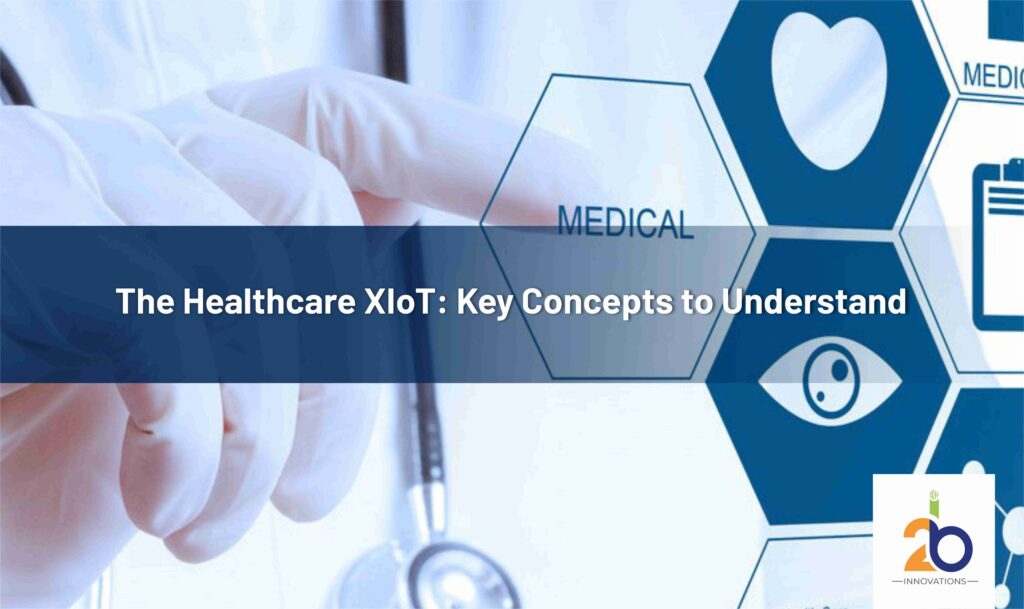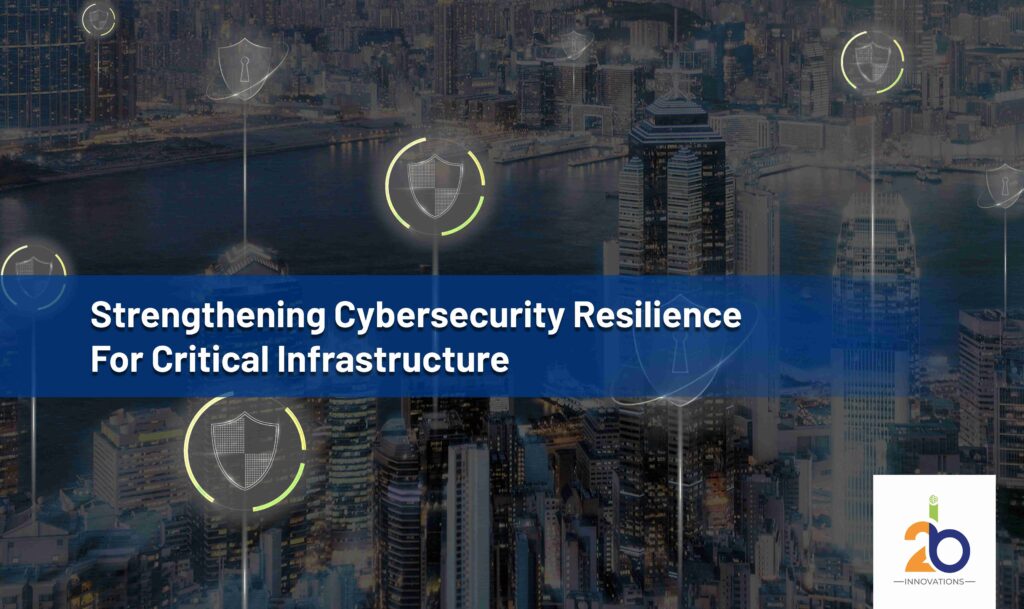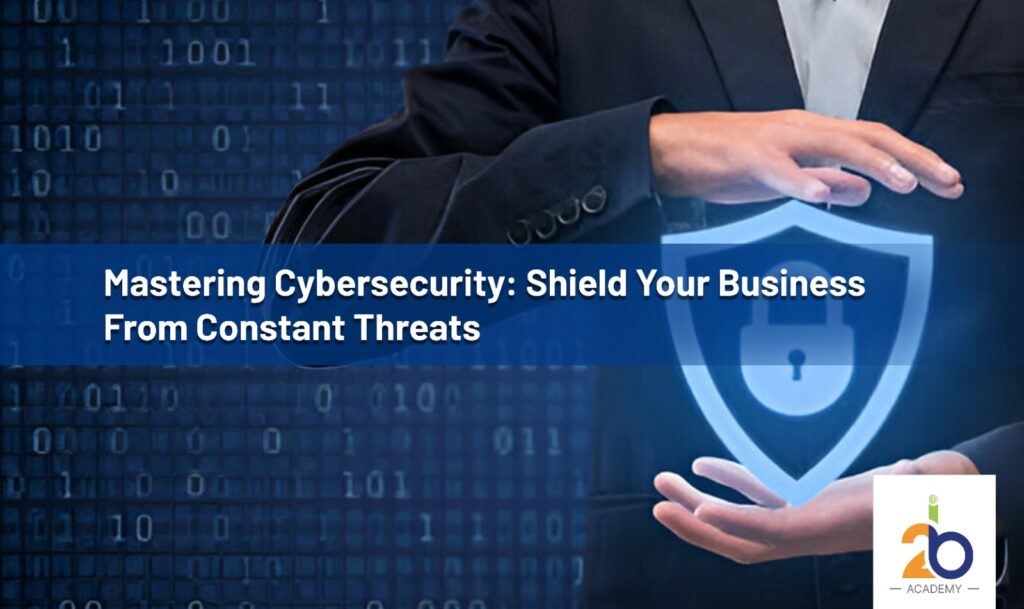
When the Extended Internet of Things (IoT) comes online, it changes everything about the healthcare business. Several healthcare, industry, and business systems are brought together in this integrated environment. This creates huge chances for better efficiency, performance, and resource management.
Medical gadgets that work alone are no longer used. The Internet of Things (IoT) is a living network that links the Internet of Medical Things (IoMT), industrial control systems, and IIoT assets. This makes it possible to see real-time data, automate processes, and use resources well, improving patient care and lowering costs.
Cybersecurity problems arise, though, because the XIoT makes it easier for hackers to get in. To get around these problems and use this technology to its fullest potential, we need strong security measures, clear data control standards, and thorough training for all staff.
Core Healthcare XIoT Capabilities
The Internet of Things, generally known as IoT, has developed very well in healthcare. With these advancements, the Extended IoT makes connecting all sorts of systems and gadgets convenient. The three most important things that make this successful are:
Transducers:
Transducers are renowned for creating a bridge from real to digital worlds. Transducers allow the computer to connect and converse with the real world.
There are two possible ways for this-
Consider an example where Transducers might measure the oxygen in someone’s blood or a patient’s blood pressure. It uses tools like imaging tools and monitoring systems for the same.
Transducers allow things to be easily accomplished in the real world. Take, for example, an infusion pump to give medicine, an electronic lock to control who can go through a door, or even robotic arms to help surgeons do surgeries.
Interfaces:
In the XIoT, these are like the tools that make it possible for everything to talk to each other. There are mainly two kinds:
One way for people to talk to XIoT devices is through the human-user interface (HUI). This could be done with mics, cameras, speakers, touch screens, or vibrating to let you know what’s happening.
This is the part of a device that lets it connect to the Internet using Ethernet cables, Wi-Fi, Bluetooth, LTE, or ZigBee. For the whole XIoT system to work, each gadget needs at least one of these.
Supporting Skills Things like these keep the XIoT environment safe and make sure everything works well. These are some of them:
Device Management:
This means setting up, keeping an eye on, controlling all the connected gadgets, and ensuring they work right.
Cybersecurity means keeping the devices and the data they store safe from people who shouldn’t be able to see it, which also means making sure the data can’t be changed or deleted and keeping patient data private.
Concerning privacy, this means keeping patient data safe by using strong encryption and access limits and following the law and moral standards.
The Role of the IOMT and OT
“Internet of Medical Things” (IoMT) refers to MRI machines, CT scanners, and vital sign monitors connected to the Internet. It can be used for online patient safety and care. Many different things in the healthcare XIoT environment can talk to these IoMT devices.
Many IoMT devices, unlike most IT devices, talk to the real world. Because of this, they are called cyber-physical systems. Two examples are infusion pumps, which control the flow of medicine that keeps a person alive, and implantable cardioverter defibrillators, which shock the heart to get it back to regular rhythms. These tools help patients get better care and make the process more efficient.
Along with IoMT devices, different kinds of OT are also used to support important healthcare procedures. These include programmable logic controllers (PLCs), remote terminal units (RTUs), and building management systems (BMSs), which control power, air flow, vaccine cooling, and other tasks. Facilities engineers usually take care of these kinds of OT, which depend on internal links to engineering workstations that can be fixed from afar.
The High Stakes of Disruptive Attacks
Failures or interruptions in healthcare could be life-threatening. Hence, operational security is critical. As a result, clinicians in the emergency room rely on a CT scanner to be available and operational so that they may swiftly identify persons who have had a stroke. People who utilize a malfunctioning CT machine risk losing motor abilities, brain damage, or even death if the report is incorrect or takes too long.
In September 2020, a patient died at the Dusseldorf University Clinic in Germany. This was the first death associated with a hack. Ransomware, which was designed to harm IT systems containing electronic health records, also harmed OT devices that happened to be connected to the network during the attack. People who experienced a heart attack or stroke and were on their way to the emergency room were diverted elsewhere. The nearest hospital, it found out, was 32 kilometers away, and one patient died on the way there.
White-hat hackers altered the doses or shocks that kill swiftly to demonstrate what could occur if IoMT devices had security flaws. Thankfully, no further acts like this have occurred. However, the fact that anything like this may occur demonstrates how critical it is to protect the hospital IoT as soon as possible.
Common Mistakes and Key Considerations
Because cyber risks to healthcare are increasing, the Centers for Medicare and Medicaid Services (CMS) has directed The Joint Commission to begin testing the security of medical devices. Unfortunately, many healthcare organizations continue to make one of the following errors:
To keep your computer safe, try to use existing web resources. Unfortunately, this piecemeal approach will not work since IT security technologies do not match the protocols and processes used by cyber-physical systems. IT solutions are frequently unable to locate and preserve computer applications and assets.
Maintain a barrier between cyber-physical and IT systems and utilize unique, specialized technologies to protect them. If you continue to use this inefficient and time-consuming strategy, you will always have to pay a high maintenance fee and miss critical information.
You can prevent making these blunders by doing the following three things:
Smart IoT devices, unlike IT devices, can link to physical items. This increases the likelihood of something awful happening, especially in medical settings where the device’s capabilities could save patients’ lives.
Most of what we know about computer security only applies to something other than the XIoT. Even IT security specialists should approach the XIoT with a newcomer’s perspective.
The Internet of Things (IoT) does not operate with traditional IT security measures, and attempting to do so will almost certainly make matters worse rather than better. Healthcare organizations require specially built cyber-physical security systems to protect their XIoT.
The Value of a Unified Approach
Businesses require a new approach to protecting the XIoT world, which is rapidly expanding. The best solution is a single method that includes:
You should be well-versed in the systems and processes that support your company’s network settings and verticals.
Deep capabilities include full-spectrum intelligence, risk and vulnerability management, threat detection, and remote access security. Each of them should operate well with the technology that a company already possesses.
With all of the changes and additional cyber threats that come with going digital, there has yet to be a clear way to ensure that individuals get adequate treatment. However, healthcare cybersecurity teams can begin defending the XIoT when they need assistance and specific tools from outside sources.
Securing the Healthcare XIoT with Claroty
The world is changing quickly, and bad people are increasingly using XIoT as a weapon. A good hospital XIoT protection plan needs to be able to keep up. Teams should use a single approach like the one above to develop a plan that helps them be more resilient and grow their business. HDOs that help people stay alive need to be able to connect to the Internet and the real world. This means they care a lot about the safety and sound of their gadgets. It would be best to have a strong CPS security plan and a strong defense tool to ensure this is safe.



